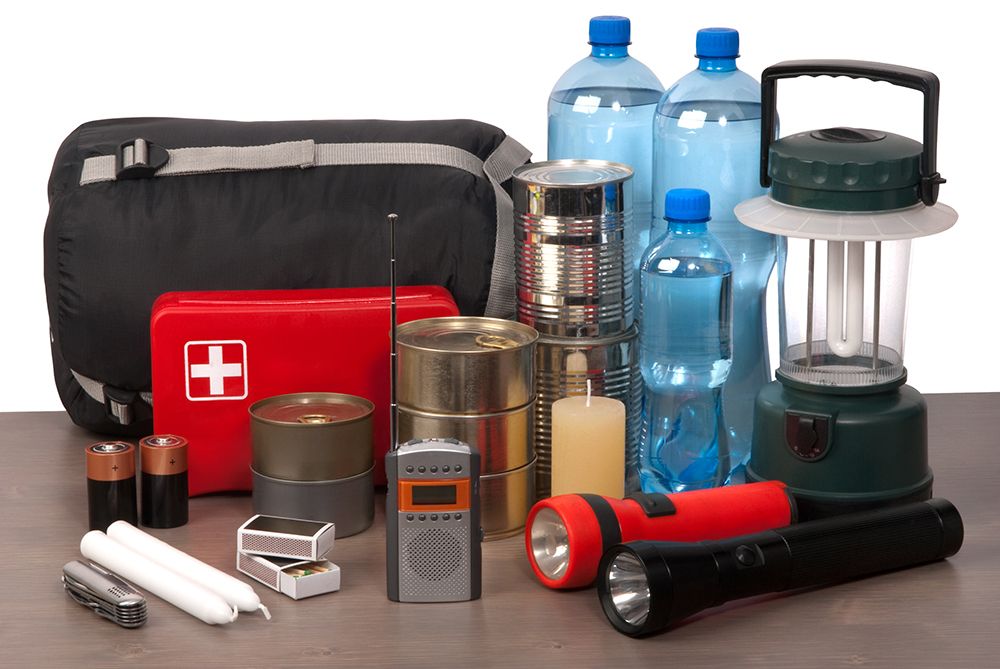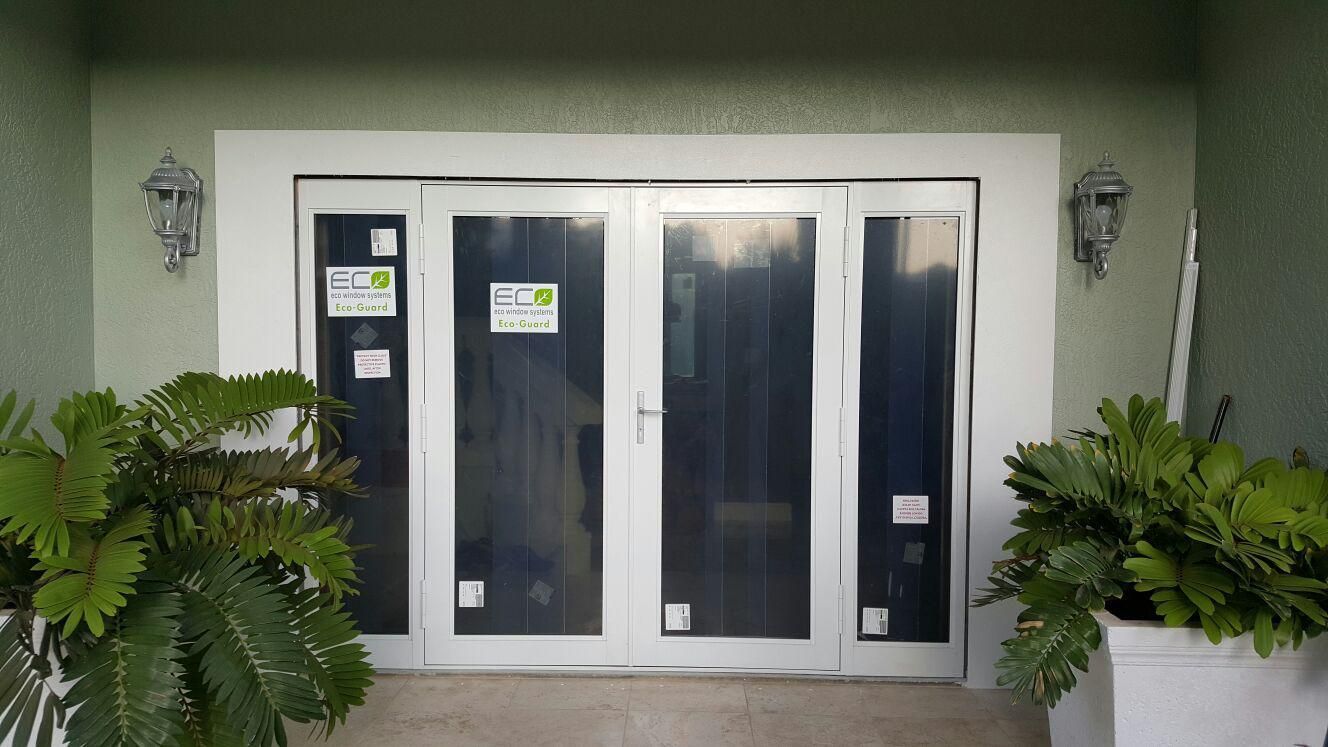When does a storm turn into a hurricane?
Florida often faces various types of storms, and understanding the differences between them is crucial. These storms are classified based on their wind speeds and potential damage.
Here’s a breakdown of how forecasters rank and define tropical systems:
Tropical Depression
A tropical cyclone where the maximum sustained surface wind speeds are 38 mph or less. Wind speeds of 39 mph or more potentially can cause scattered debris, fallen power lines, and damage to roof shingles and siding.
Tropical Storm
A tropical cyclone with wind speeds between 39 mph and 73 mph. At around 58 mph, these winds can damage roofs, down trees, and power lines, leading to widespread power outages.
Hurricane
A tropical cyclone with maximum 1-minute sustained surface winds of 74 mph or greater. Hurricanes are further categorized by the Saffir-Simpson Hurricane Wind Scale:
- Category 1: 74-95 mph (Very dangerous winds will produce some damage)
- Category 2: 96-110 mph (Extremely dangerous winds will cause extensive damage)
- Category 3: 111-129 mph (Devastating damage will occur)
- Category 4: 130-156 mph (Catastrophic damage will occur)
- Category 5: >156 mph (Catastrophic damage will occur)
Named Storms
Any storm that reaches tropical storm intensity or higher is referred to as a “named storm.” These storms are named alphabetically in order of appearance. If the season sees more storms than there are letters in the alphabet, names switch to the Greek alphabet.
Major Hurricanes
Any hurricane that reaches Category 3 or above is considered a major hurricane.
By understanding these classifications, we can better prepare for and respond to these powerful natural events.
For more information on to be hurricane ready:
https://www.hurricanemgt.com/getting-ready-for-a-hurricane



